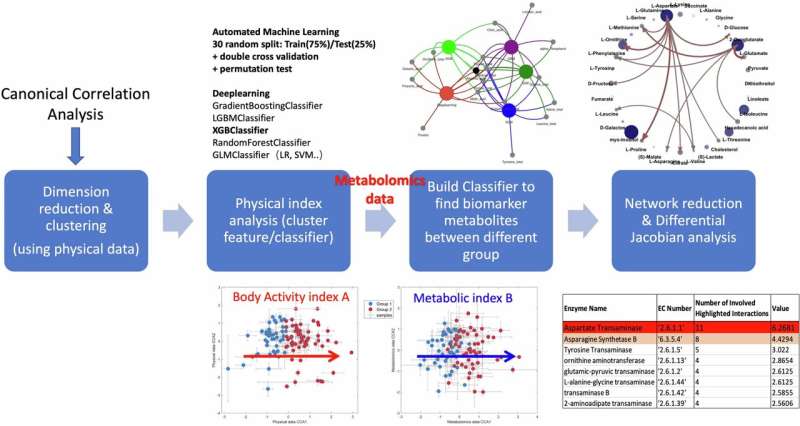Their study, published in npj Systems Biology and Applications, identifies aspartate as a dominant biomarker of physical fitness and maps the dynamic interactions that support healthier aging.
It has long been known that exercise protects mobility and lowers the risk of chronic disease. Yet the precise molecular processes that translate physical activity into healthier aging remain poorly understood. The researchers set out to answer a simple but powerful question: Can we see the benefits of an active lifestyle in elderly individuals directly in the blood—and pinpoint the molecules that matter most?

